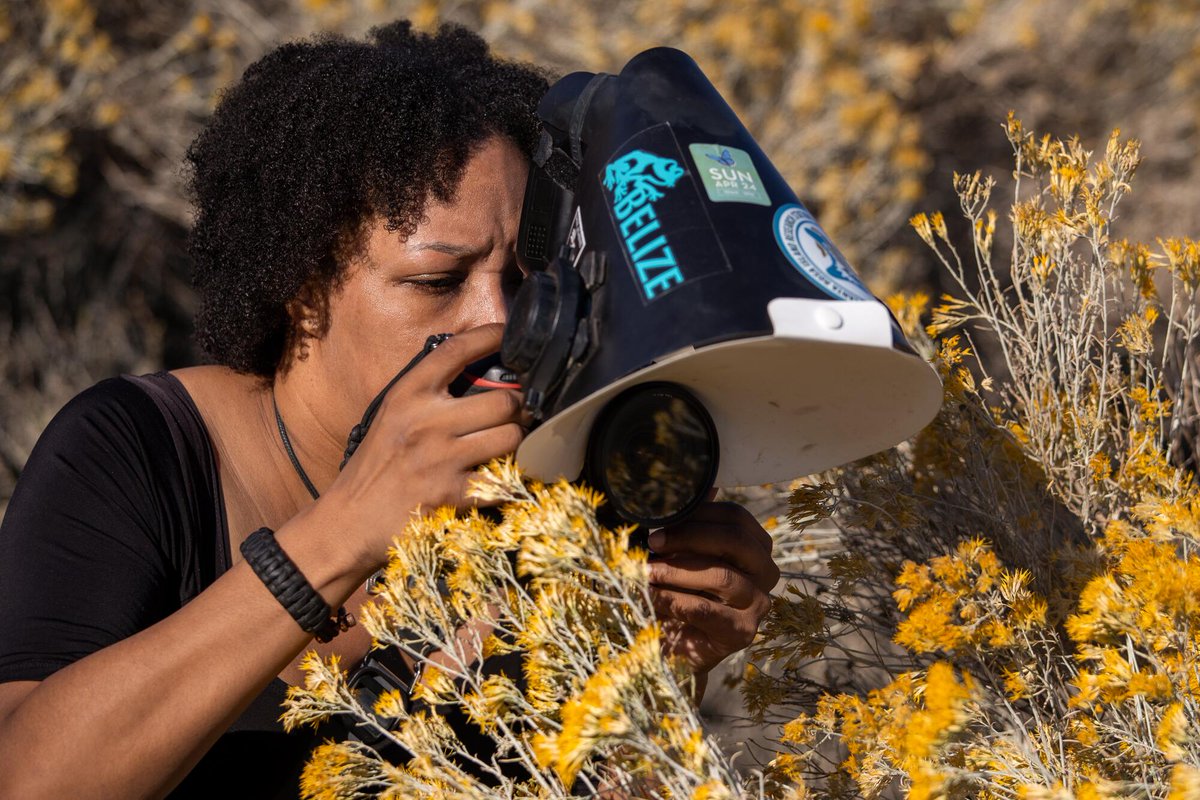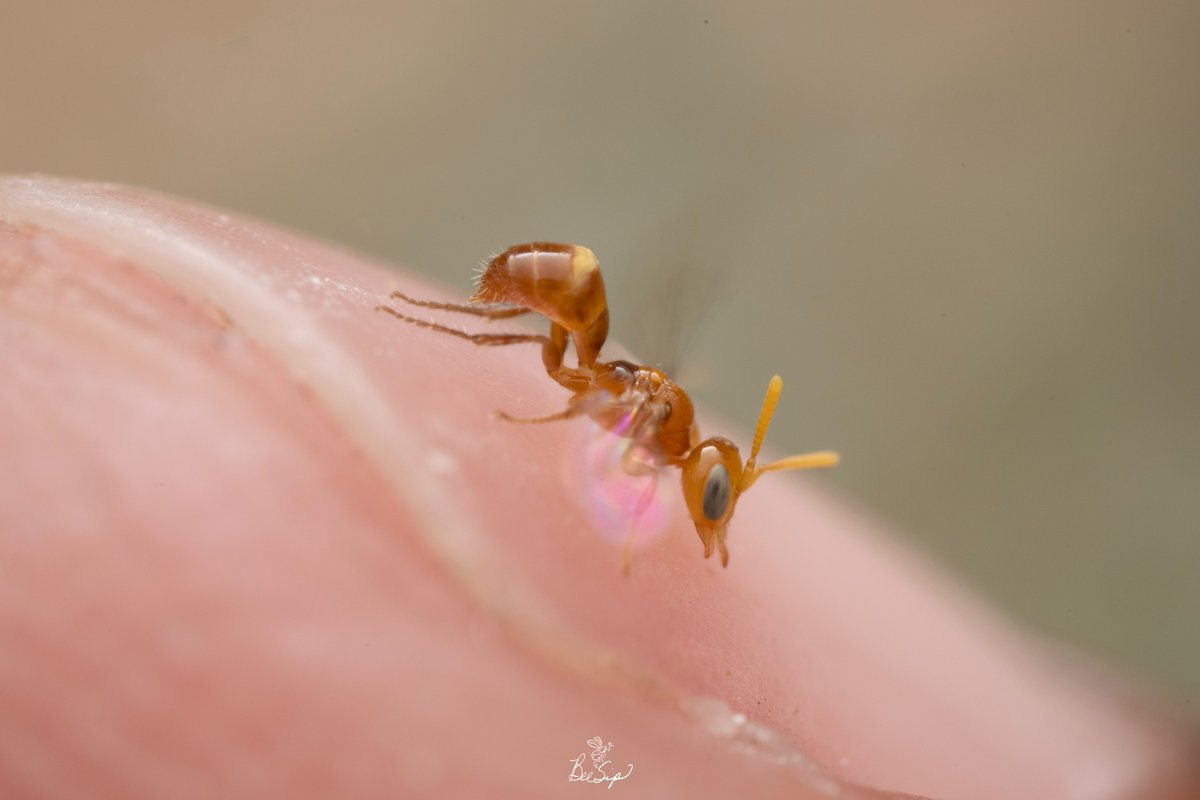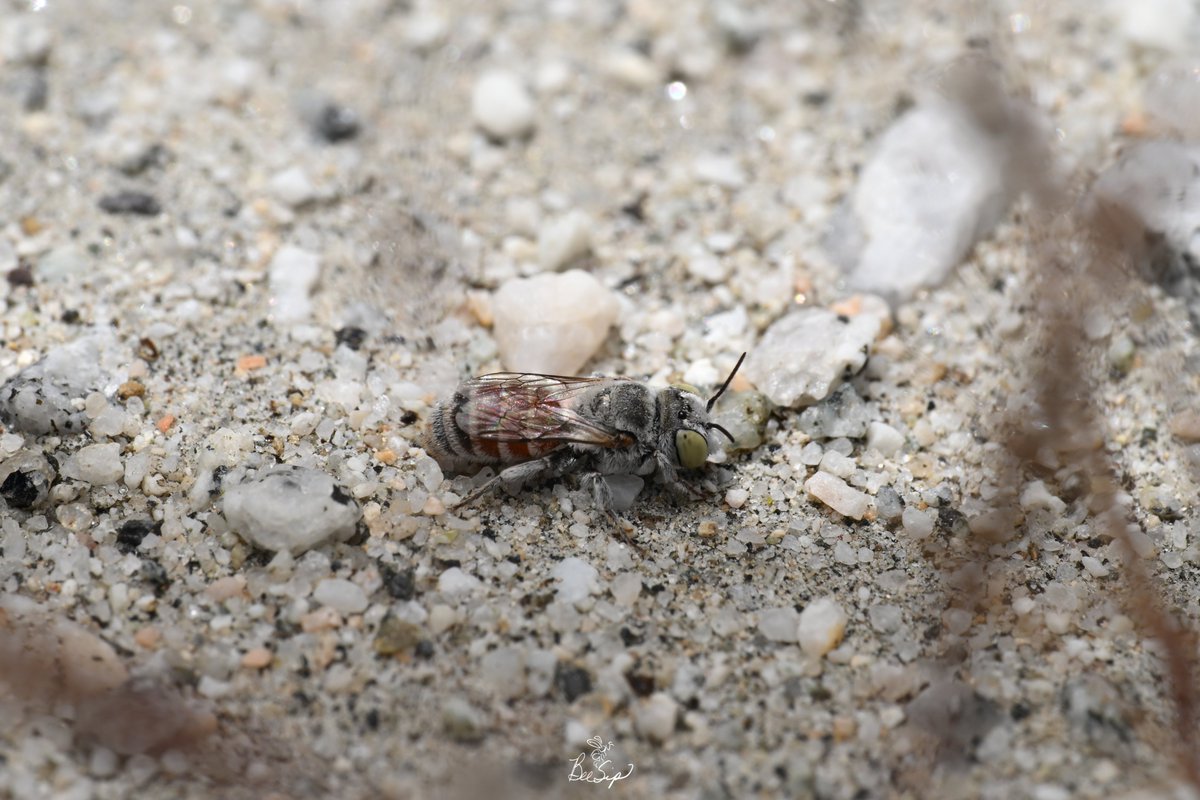
Krystle Hickman
@beesiponline
@TEDx Speaker, Community Scientist, Photographer, Artist, and Native Bee Enthusiast (she/her) 🏳️🌈 #BLM
ID: 4886438100
https://www.beesip.com 10-02-2016 05:41:34
699 Tweet
958 Takipçi
247 Takip Edilen



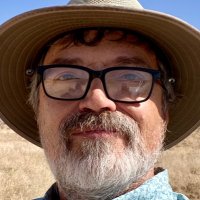
I stopped to check for birds in the desert and I found some rocks glued together in a ball, 5’ up in tree. I remembered seeing something like it on the Native Bee cards I received yesterday. I wouldn’t have had any idea otherwise. Thanks Krystle Hickman !



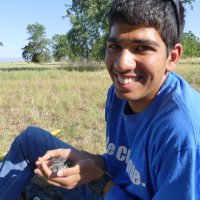
What a weekend! L.A. Public Library had 2 fantastic events! Saturday had a screening of Saging the World produced by @CNPS and a performance by Sage Against the Machine. Sunday had a screening of an episode of Nature involving 🐝 with Krystle Hickman giving an excellent presentation!



Leioproctus zephyr was one of the bees on my list to photograph during my trip to Western Australia. Dr Kit Prendergast described & named them just last year. They're only known to exist in 7 locations across the southwest in Western Australia. #bees #kitprendergast #Leioproctuszephyr


Merry Christmas and Happy Holidays! Pachyprosopis purnongensis bees visiting the flowers of the Australian Christmas tree Nuytsia floribunda. This tree can be up to 32 feet tall & is believed to be the largest parasitic plant in the world. Thanks to Dr Kit Prendergast for bee the ID







This week, I #TalkNerdy with conservation photographer, native bee educator and community scientist, Krystle Hickman! Krystle Hickman We chat about her endeavors photographing and studying native bees! 🐝🐝🐝 Listen on Talk Nerdy Podcast 🎙🎧👇🏼 carasantamaria.com/podcast/krystl…
